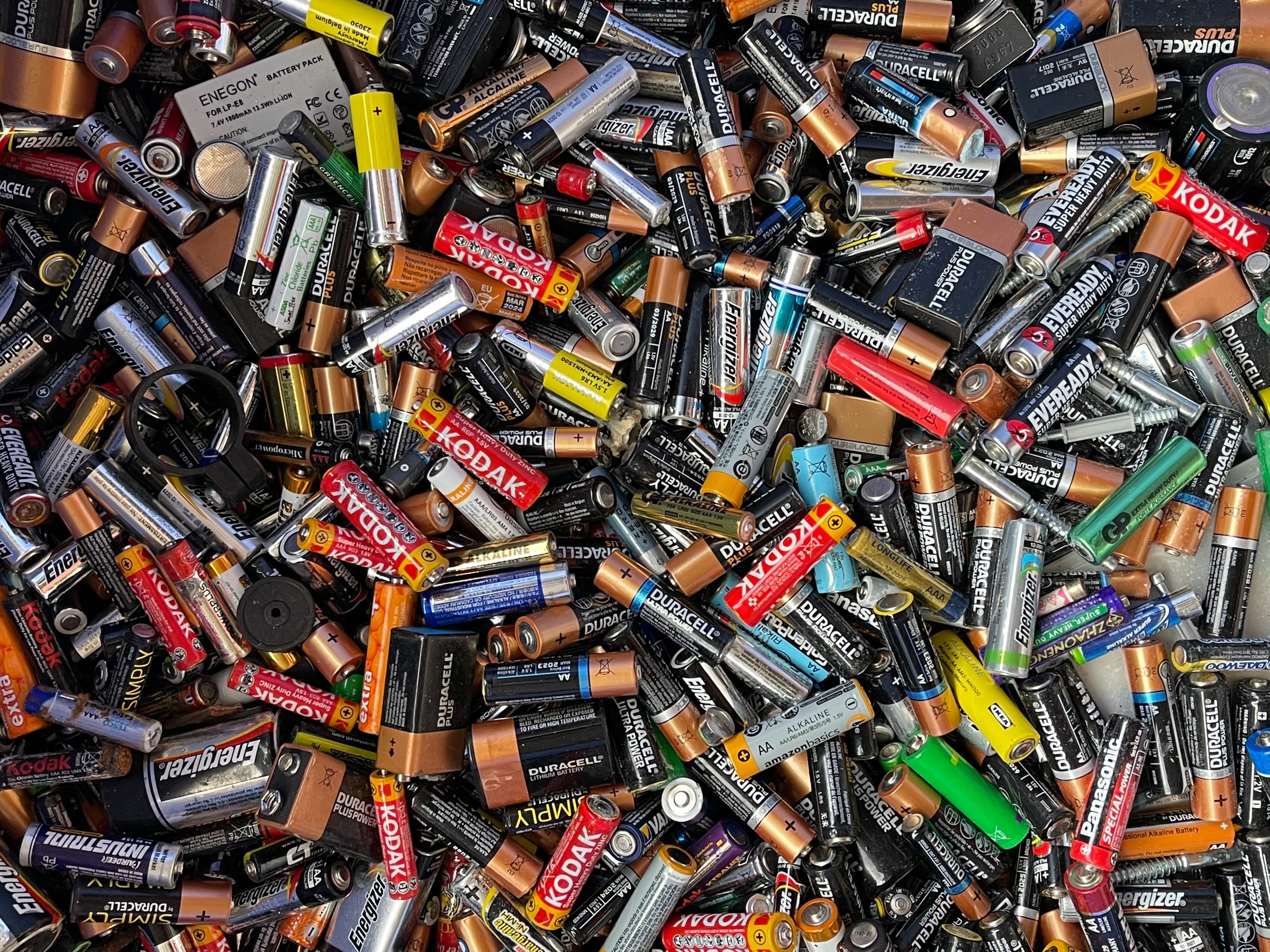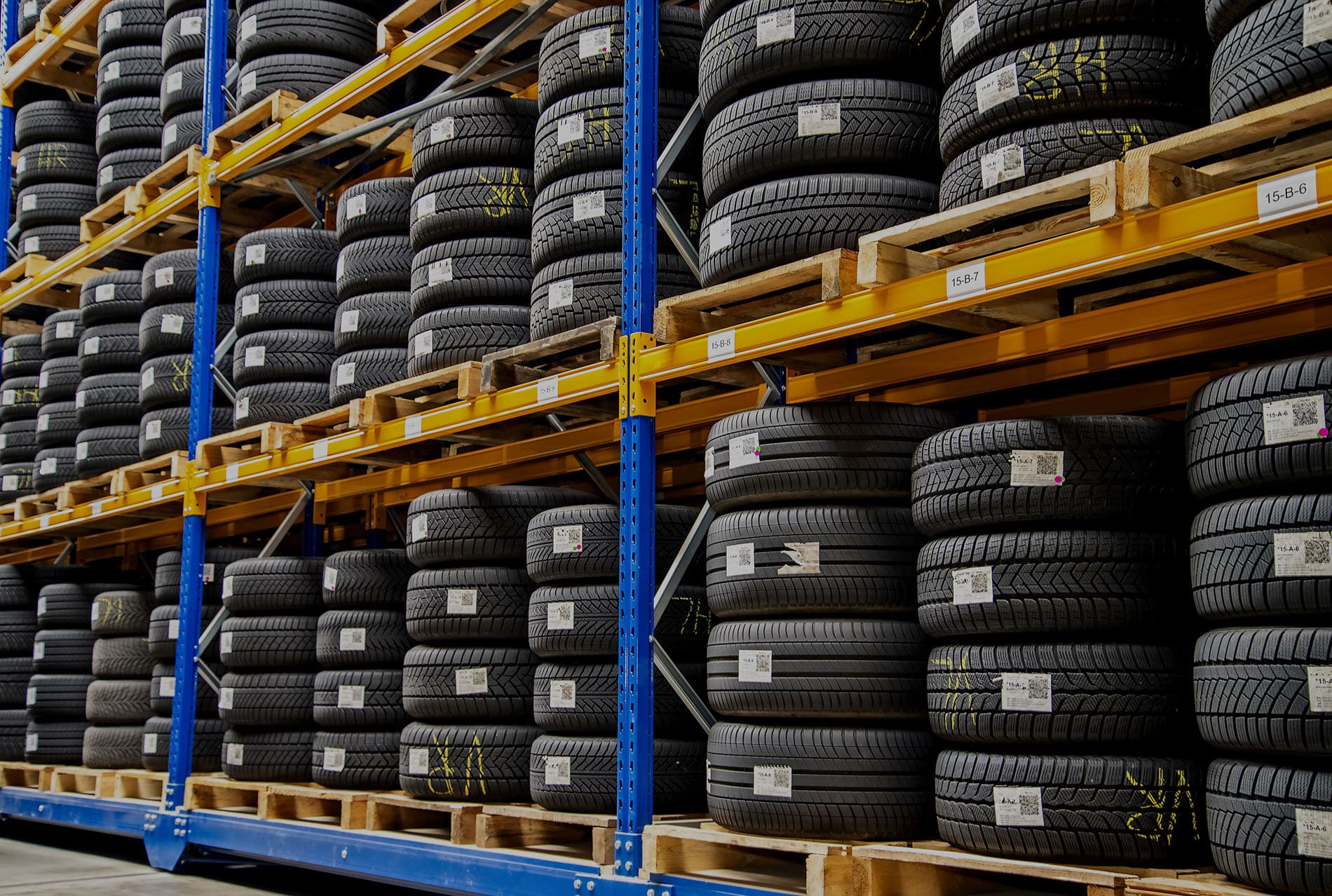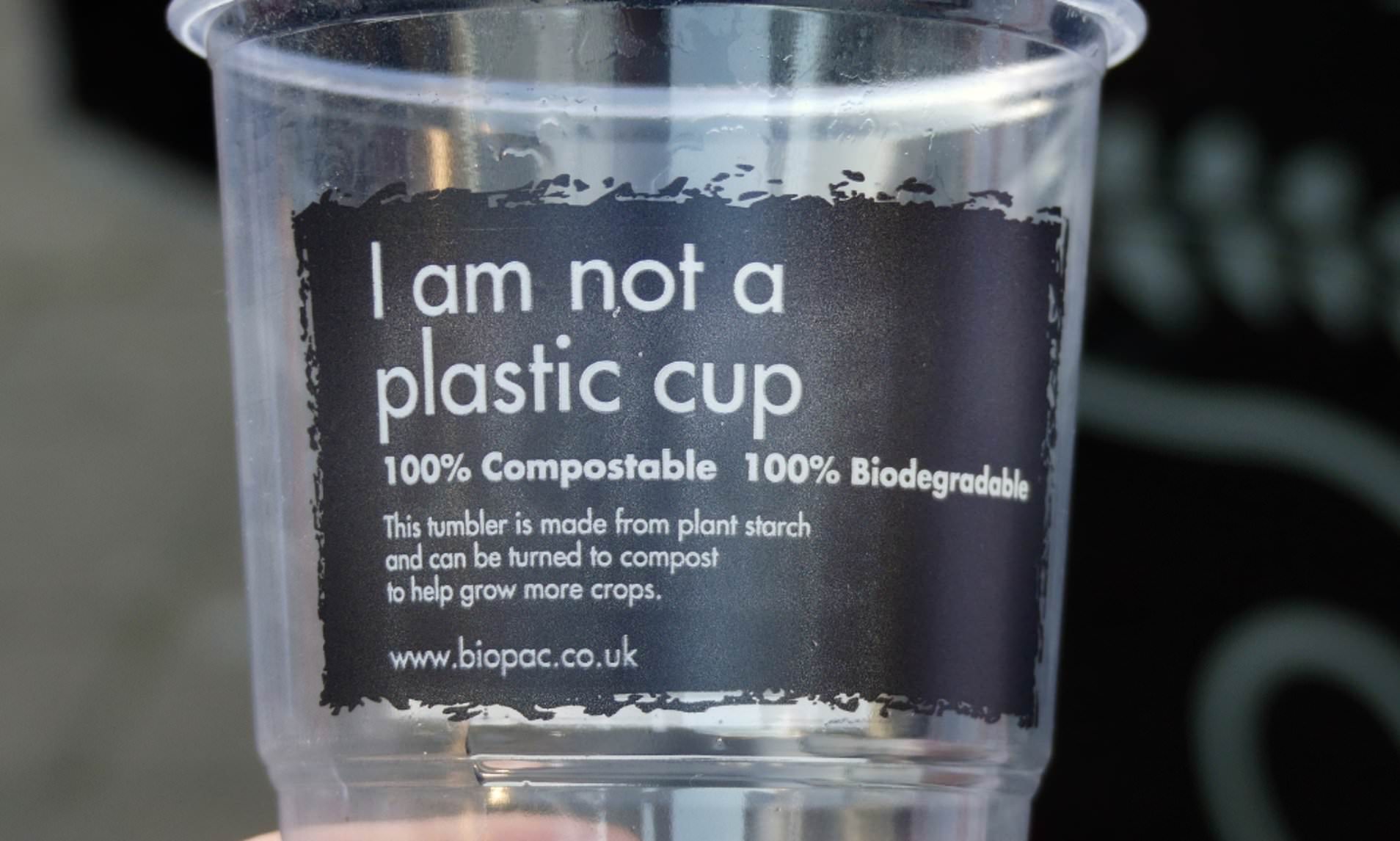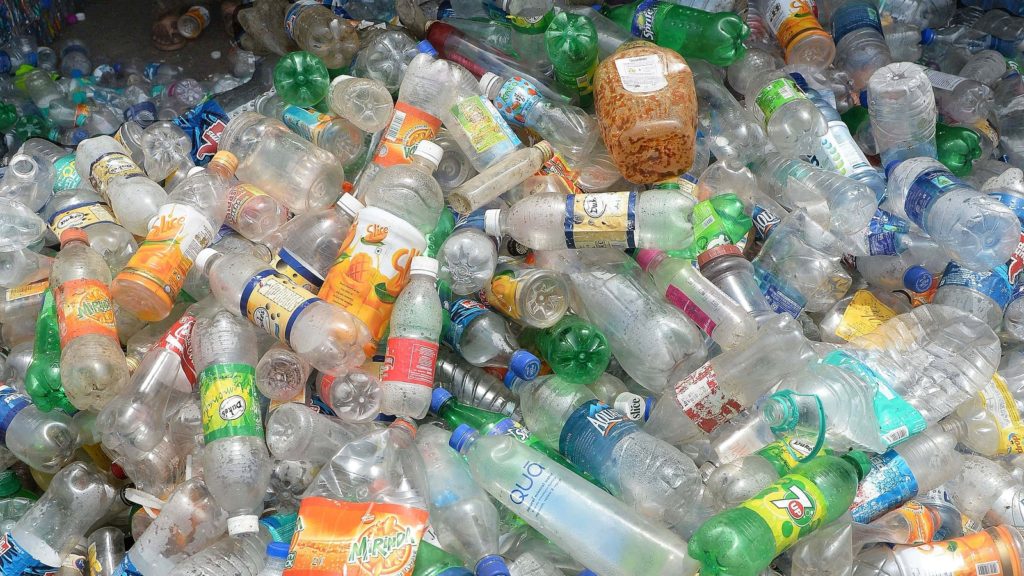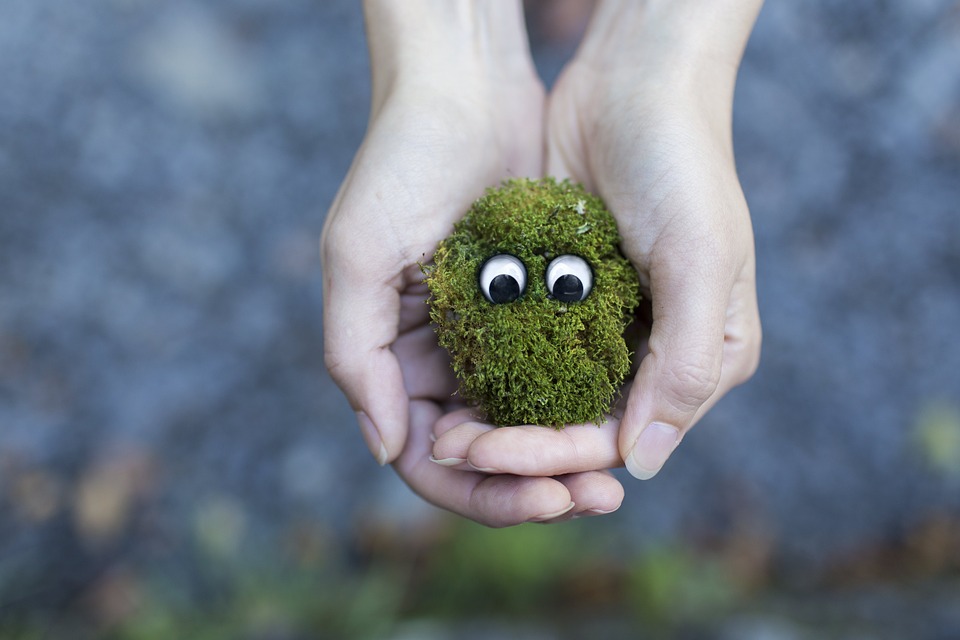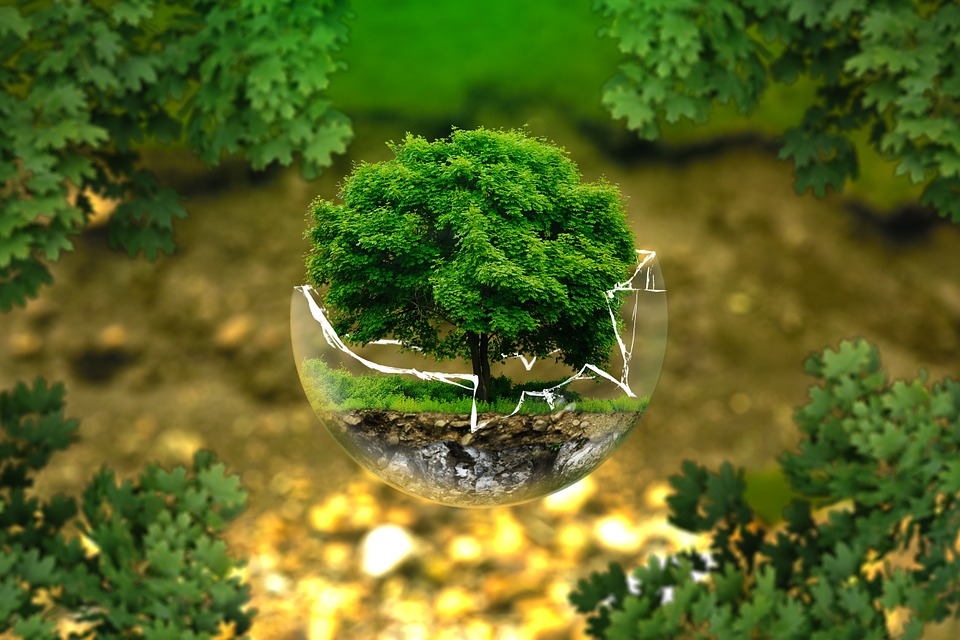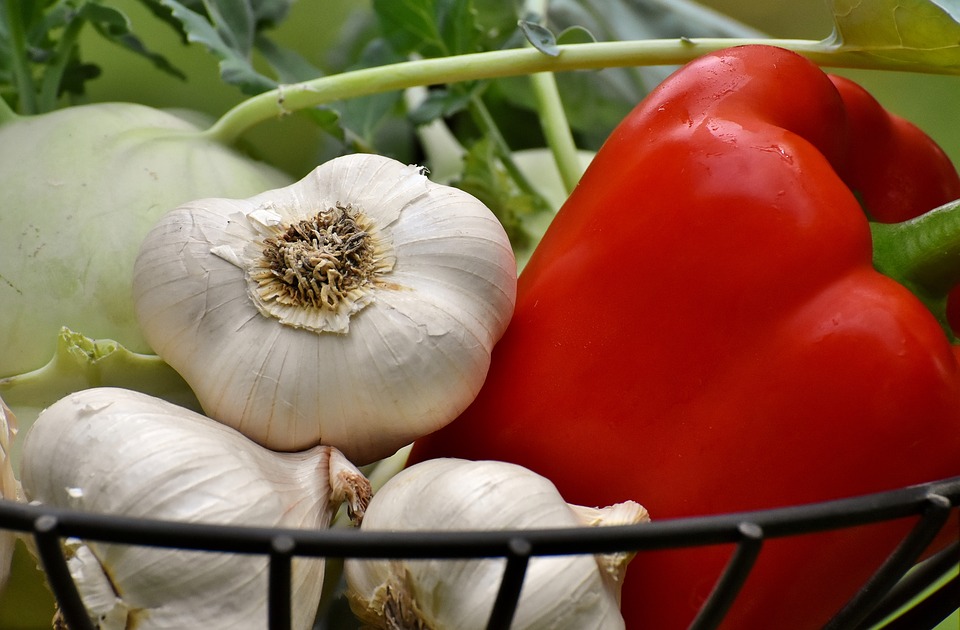Batteries are used daily to power various products, from fire alarms to cars. But what do you do with them when they run out of juice? Batteries are considered hazardous waste and should not be thrown in the trash or recycled. Although many programs collect and recycle batteries, too few consumers take advantage of them. So, without further ado, let’s dive into this blog and learn some of the reasons why you should recycle your used batteries.
1. Responsibility for the environment
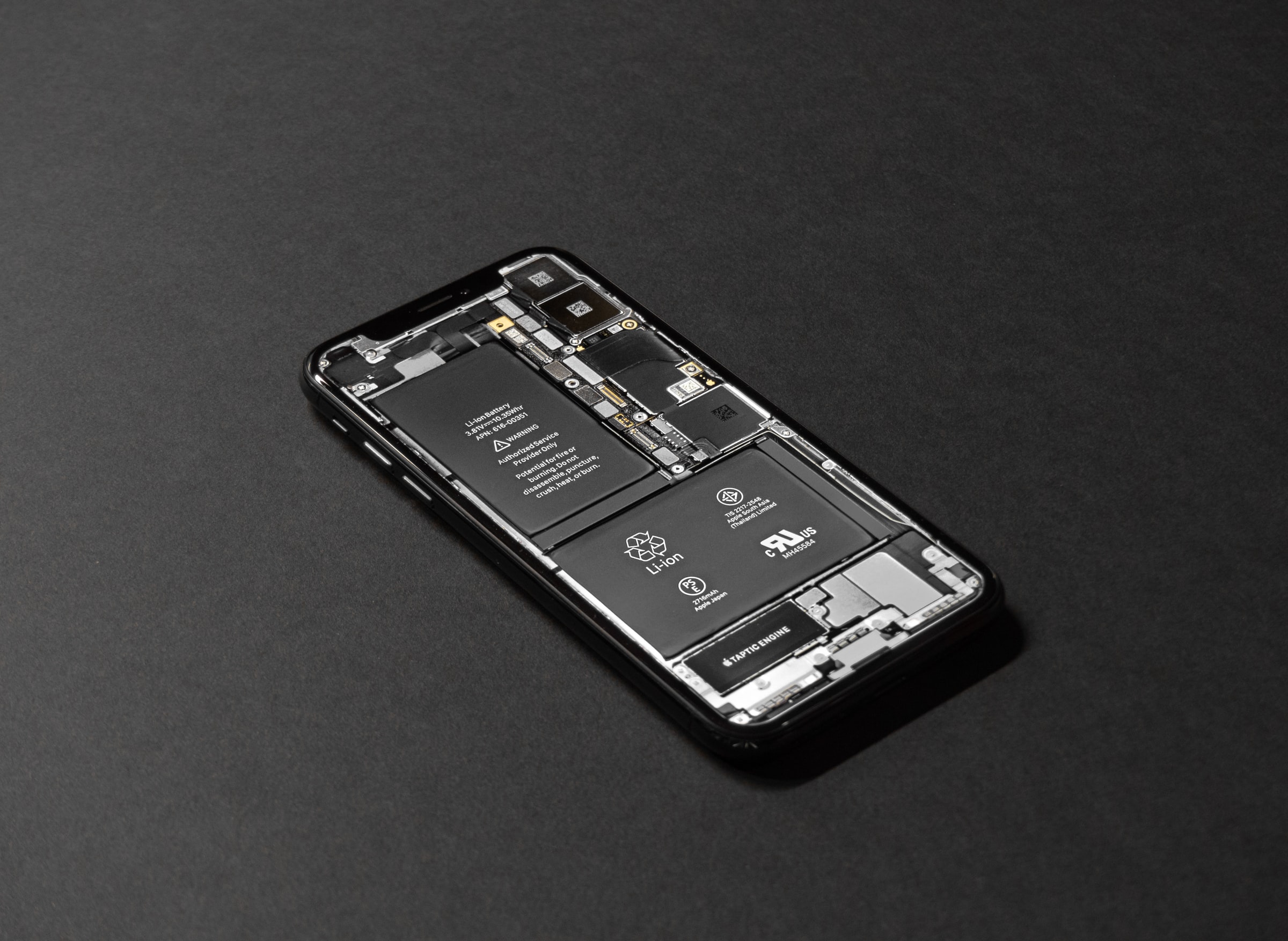
Most of the toxic chemicals found in batteries can be recycled in one way or another. Every piece of recovered material is material that doesn’t have to be dug out of the ground. When you recycle your batteries, you are helping to prevent so many resources from being used up so quickly.
Recovering battery chemicals is like recovering waste paper. Every piece of paper that is recycled means less natural material needed to make new paper. It’s the same with batteries. Admittedly, the recycling industry must continue to innovate to improve cost and resource efficiency. We are confident that these improvements will make recycling an increasingly viable option for consumers, communities, and businesses alike.
2. Ensuring the storage of used batteries
Compared to a large number of batteries in use, battery explosions and fires are relatively rare. However, they can occur, and fires at waste management facilities are very difficult to extinguish. Some types of lithium batteries are more susceptible to fires than others, but all batteries must be treated with respect when damaged or exposed to heat.
Proper storage and handling can minimize the risk of fire and explosion. The other major safety concern with batteries involves small button cells. These can be easily swallowed by young children and cause serious injury or even death. They should be stored safely and taken to a battery recycling collection point as soon as possible.
3. Recover non-renewable resources
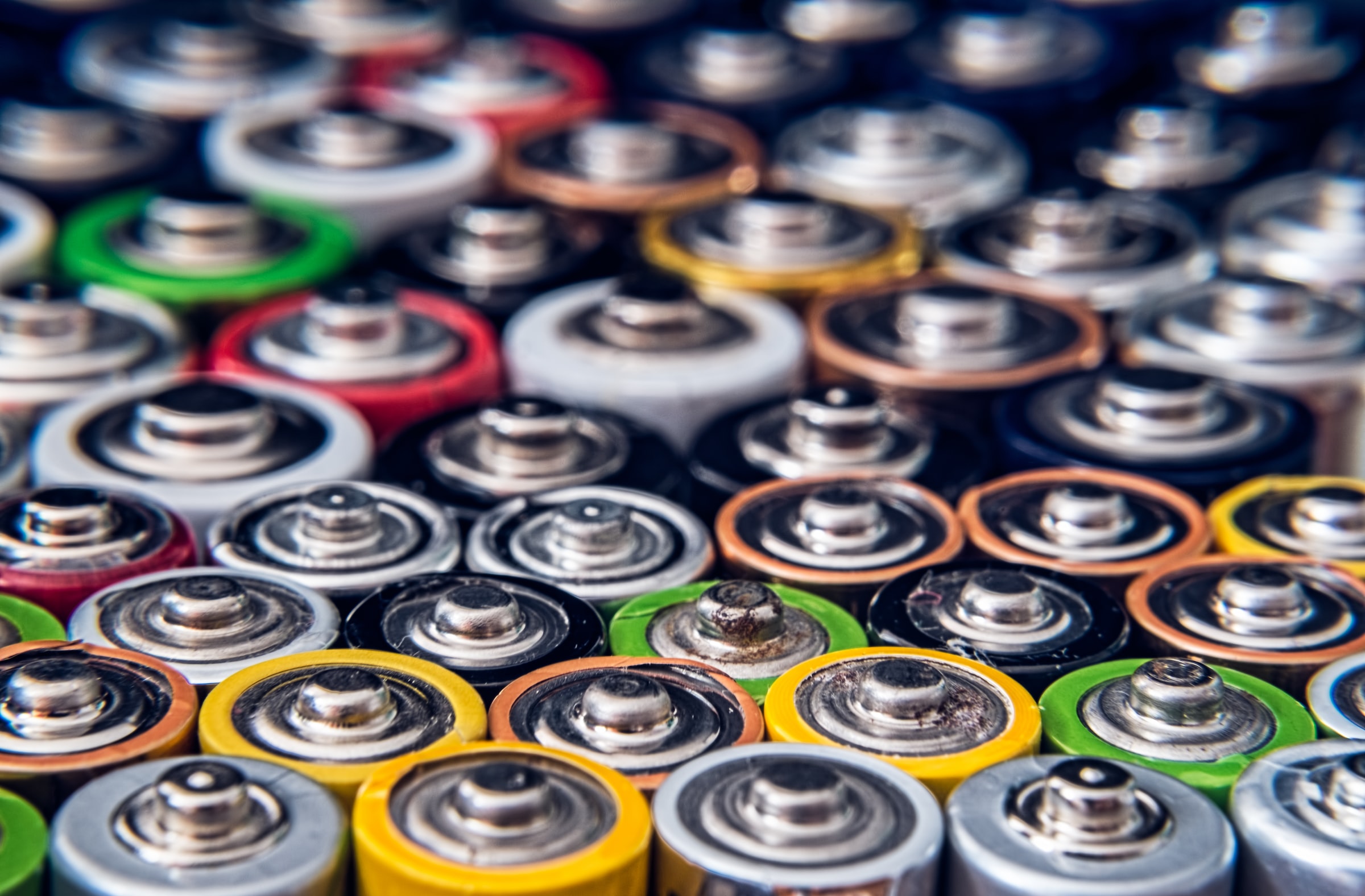
The increasing use of batteries means that more and more raw materials are mined, processed, made into batteries, and then disposed of as waste. These materials include the metals lead, cadmium, mercury, nickel, steel, zinc, cobalt, lithium, silver, manganese, and rare earths in some battery types. These metals are not renewable; however, they are infinitely recyclable. When they are disposed of in a landfill, they are no longer available, whereas they continue to provide an economic benefit to us through recycling.
4. Toxic chemicals and fires
The first reason to recycle is the toxic chemicals in batteries. None of these chemicals belong in a landfill, from a nickel to cadmium to lithium. But that’s exactly what happens when we throw batteries in the trash can. It’s better if we avoid throwing batteries in the trash, whether they’re alkaline, NiMH, NiCad, or lithium-ion.
As Consumer Reports notes, toxic chemicals can leach from old batteries. These chemicals can contaminate soil and surrounding water. Eventually, they could also get into the food supply. Next, Consumer Reports explains that old batteries thrown in the trash can pose a risk of shorting out and catching fire.
Short circuits and overheating are legitimate risks. Even without a short circuit, old batteries exposed to high temperatures can cause problems if they overheat. Although this may not seem to be a problem with batteries that have no life left, this is not always the case. Batteries still have some residual charge, even if they no longer provide enough power to operate.
5. increased recycling
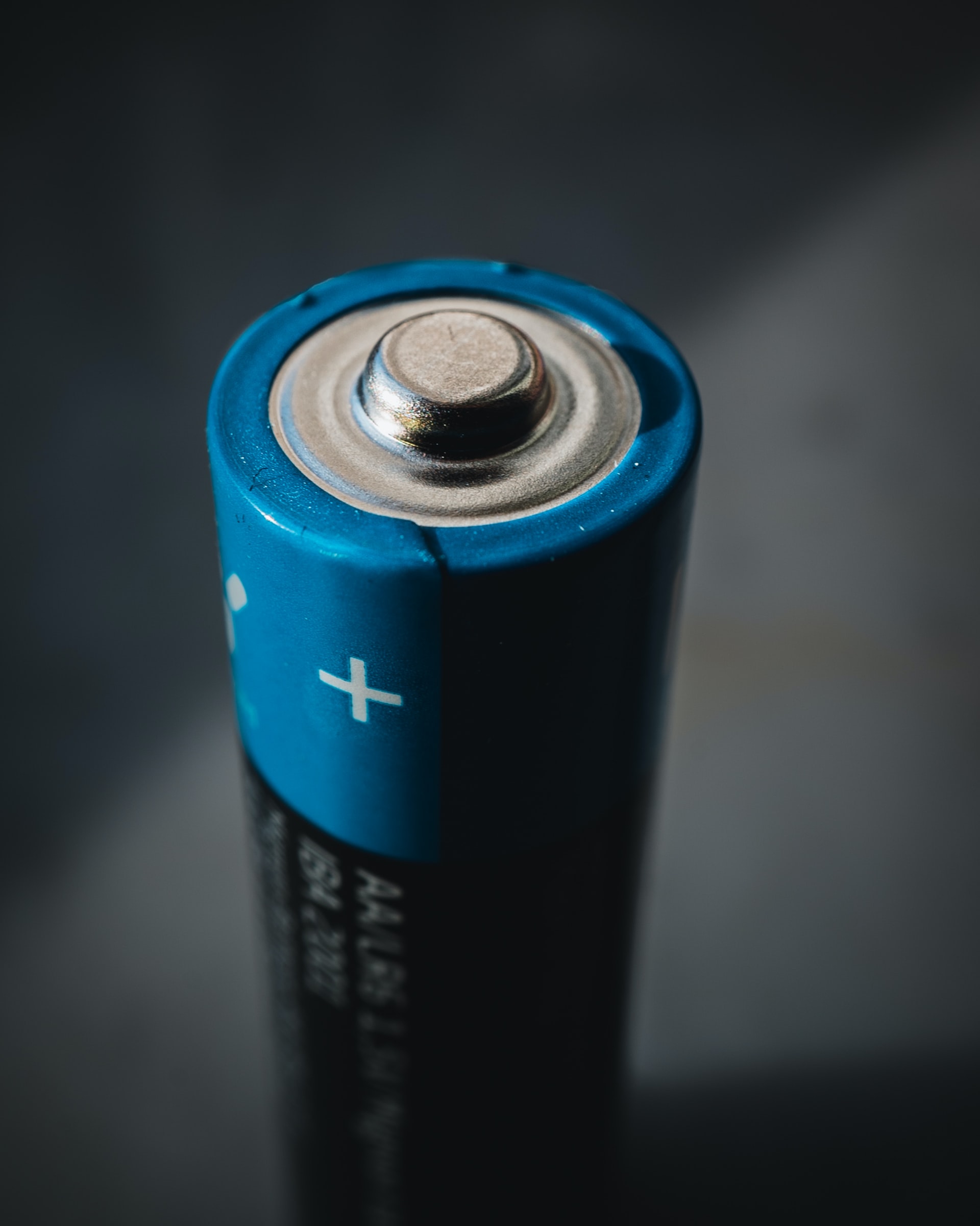
The metal used in batteries is unfortunately harmful to the environment and human health. Perhaps best known is mercury, which has caused mercury poisoning both in the past and today. Lead and cadmium are also among the most dangerous environmental pollutants. When disposed of in a landfill, batteries decompose. The toxic substances can leach from the landfill into waterways and the ocean.
The mercury in the batteries you dispose of can even end up on your dinner plate! Recycling is the most economically and environmentally sound way to solve this problem. According to a survey conducted by IPSOS in 2014, 77% of consumers agree that it is important to recycle batteries rather than throw them away. This is good news for future recycling efforts, as it shows the community’s willingness to get behind battery recycling initiatives.
Looking for help?
Are you in Campbellfield? Are you looking into buying a solar panel? Then look no further than Battery Shop. With over 2 decades of experience, they pride themselves on being the premier one-stop shop for all your battery needs in Campbellfield. They provide a wide range of services from batteries to solar panels and accessories across Victoria.
So, what are you waiting for? Give them a call to learn more about their services. Solar energy saves you money on your electricity bills and is environmentally friendly. So let’s take steps in the right direction and make a difference for our planet.
